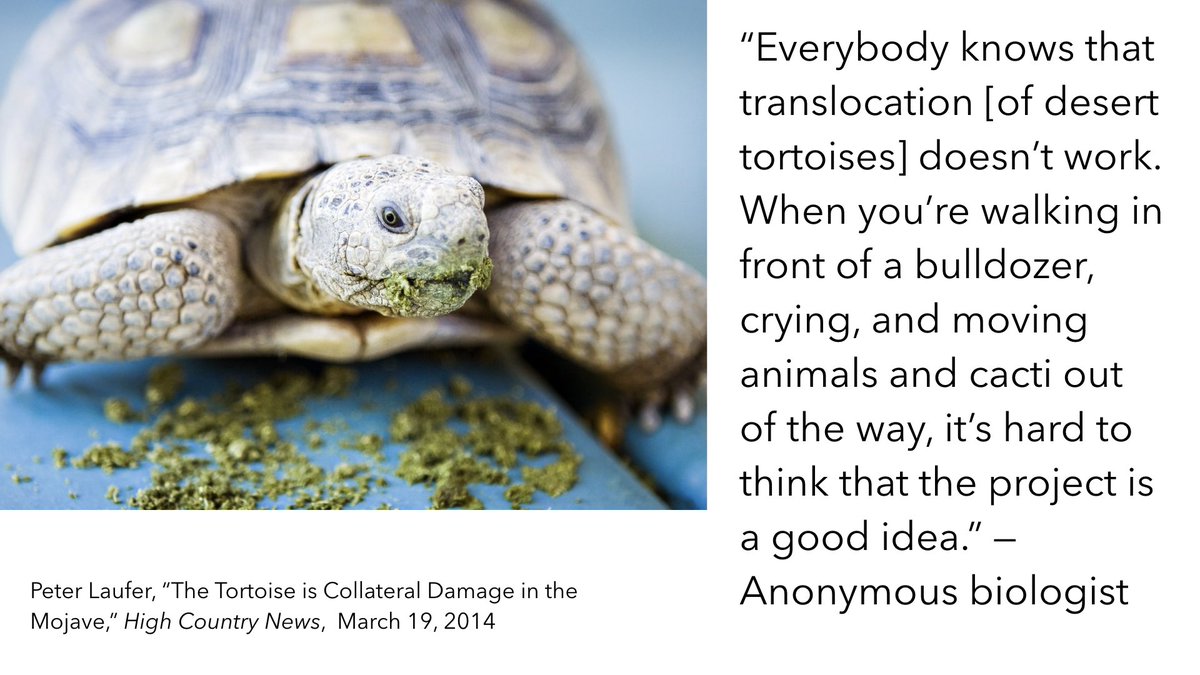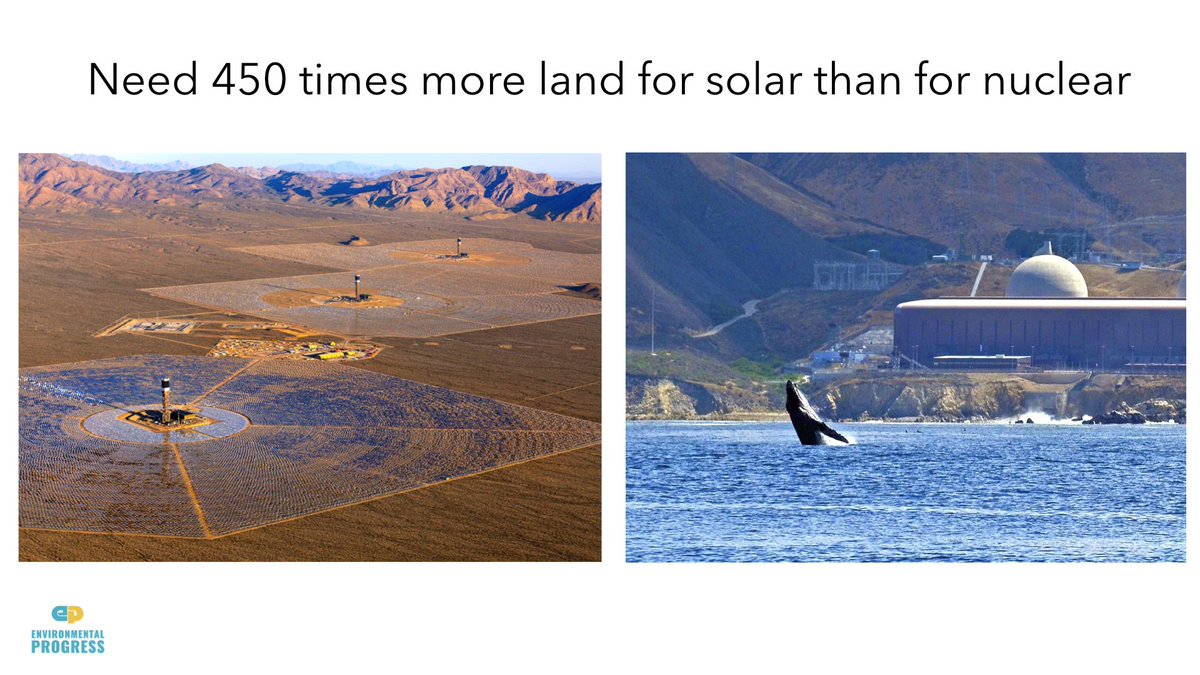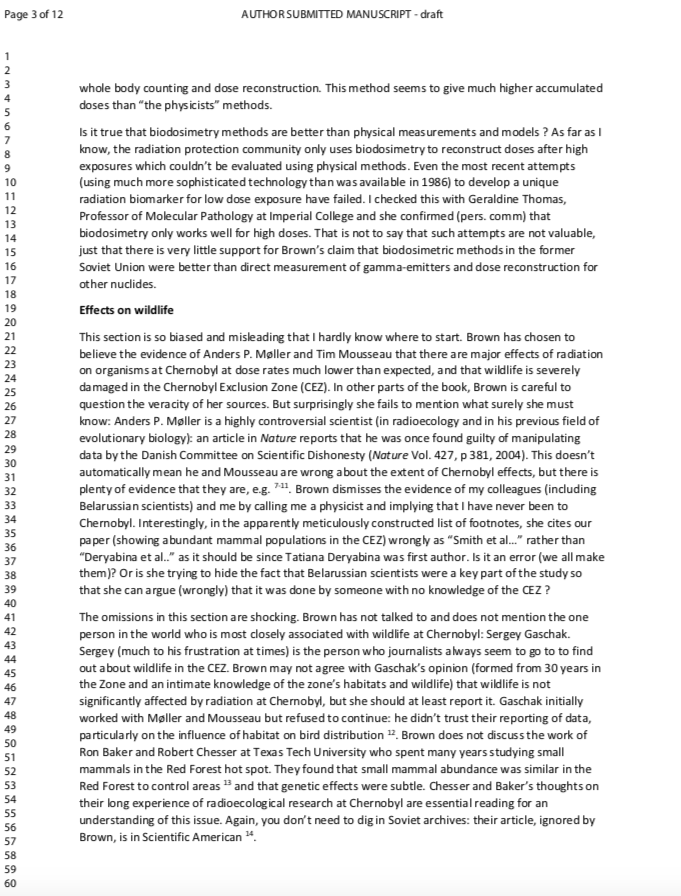My latest column @Forbes — please share!
forbes.com/sites/michaels…
“The only reason not to do it is political inertia and the influence of the existing fossil-fuel industry,” one said.
Most of it is motivated by concerns over the impact of renewables on the natural environment and quality-of-life.
Solar and wind advocates say their technologies are fundamentally different from burning plant matter. To some extent they are correct. The best-available science today shows that solar farms produce one-tenth the carbon emissions as biomass power plants.


It takes 700 times more land to produce the same amount of energy from wind as from natural gas.
Few experts believe they can continue to expand without continued federal subsidies, which are nearly 100 times greater than the ones for nuclear, and have been in place for over 25 years.
I recently reviewed the last 50 years of New York Times’ coverage of biofuels and biomass and was fairly appalled by what I found.
That started to change in 2008 when the Times and other media reported on the trouble with biofuels.
nytimes.com/2018/11/20/mag…
/END




















